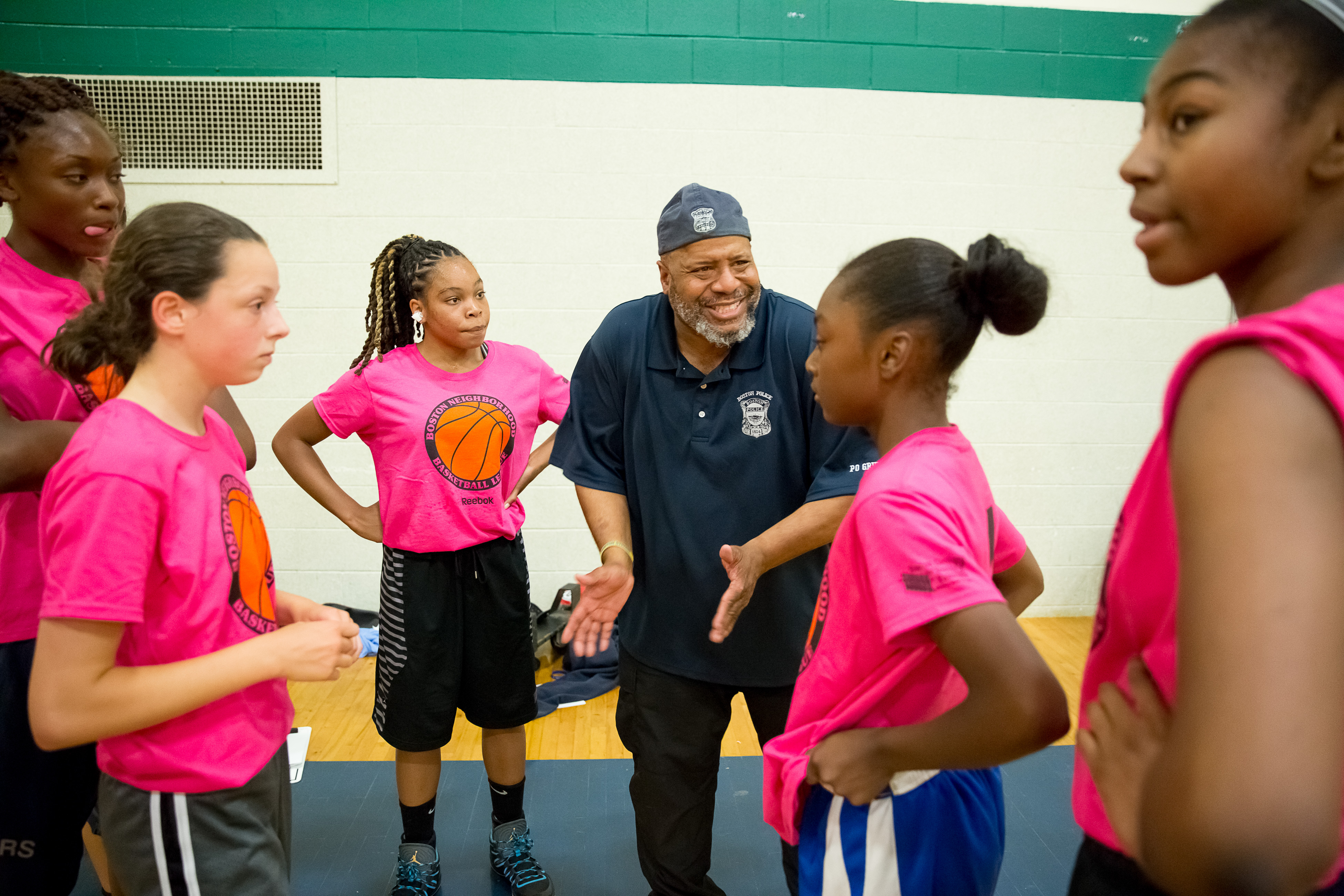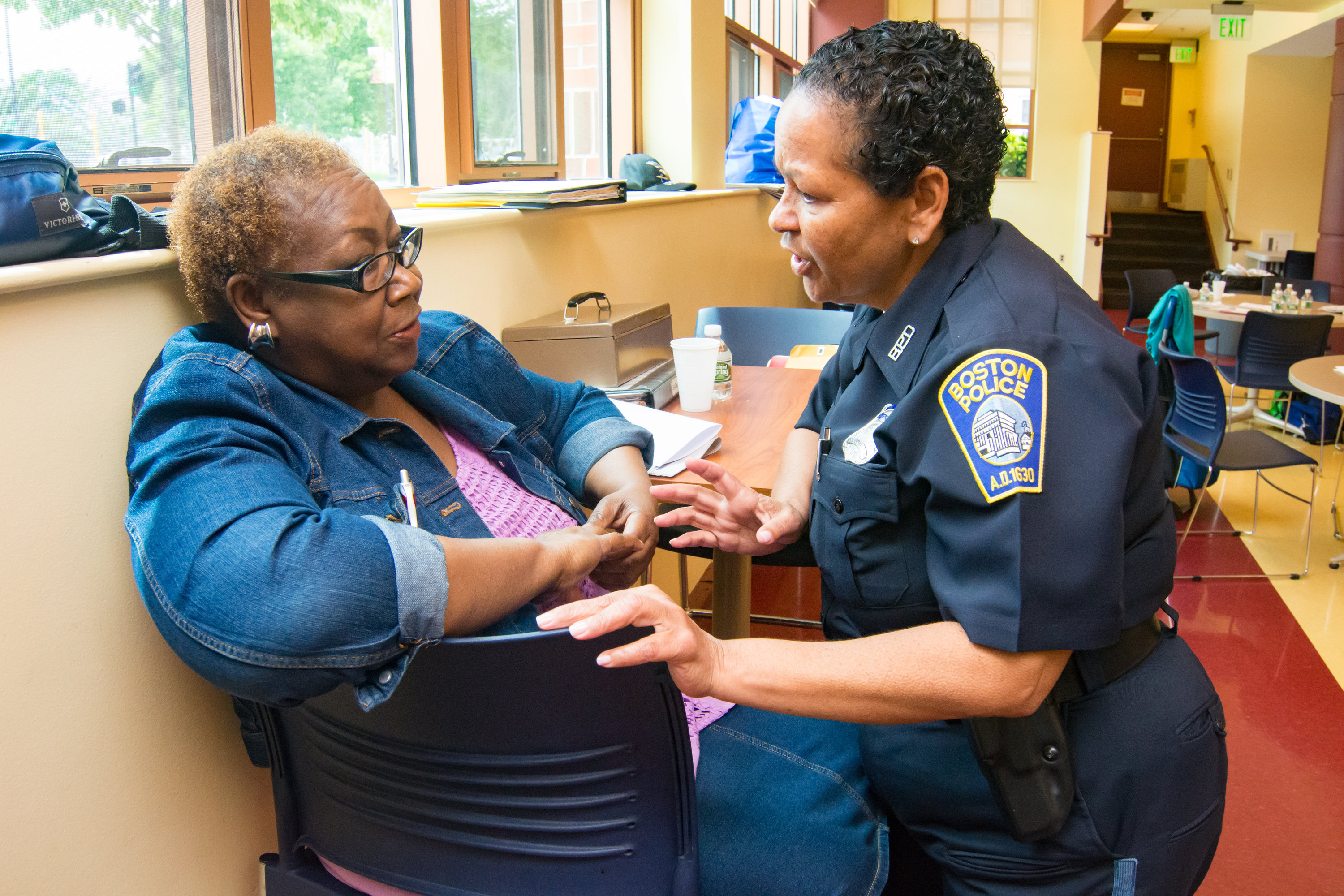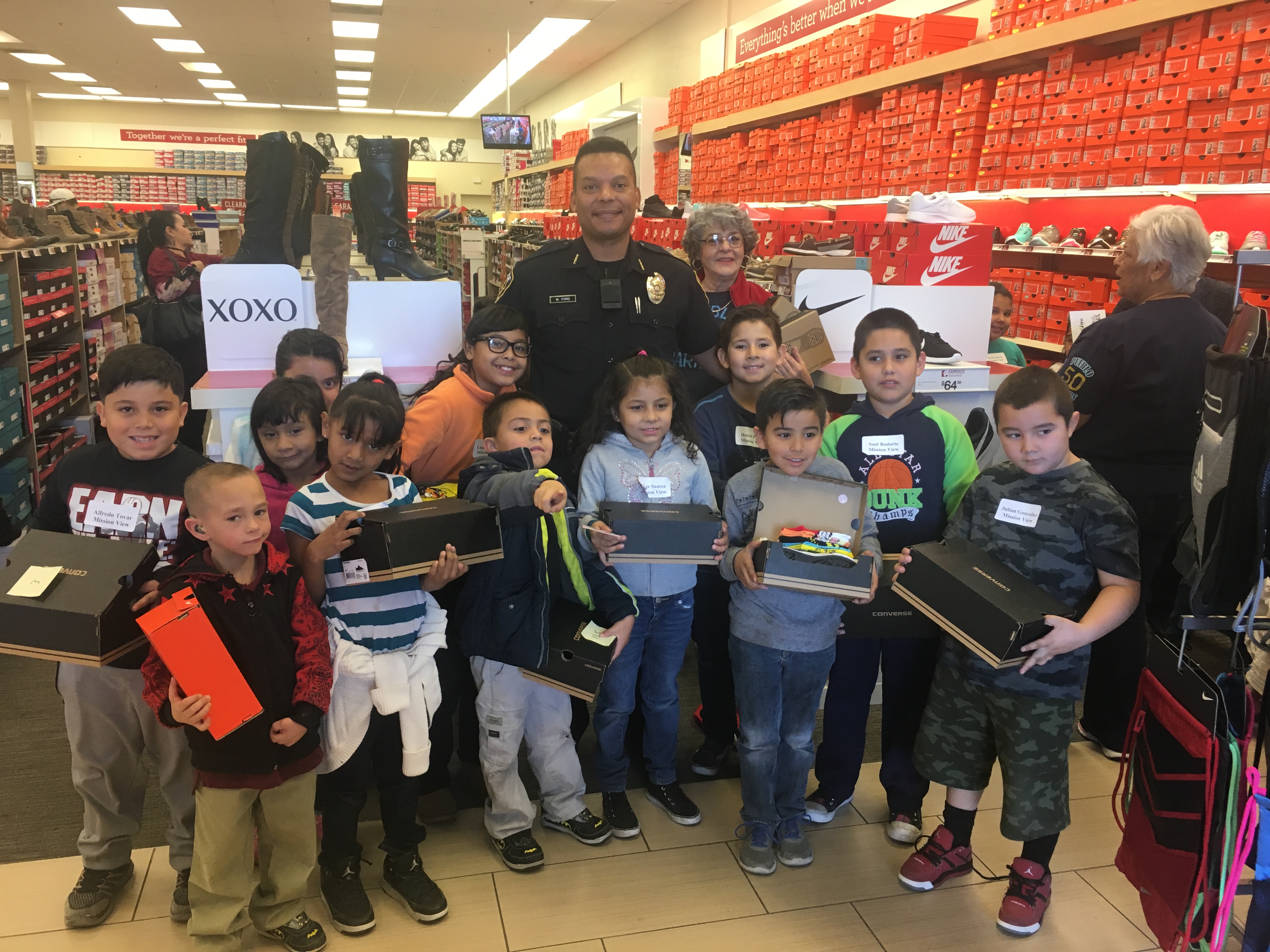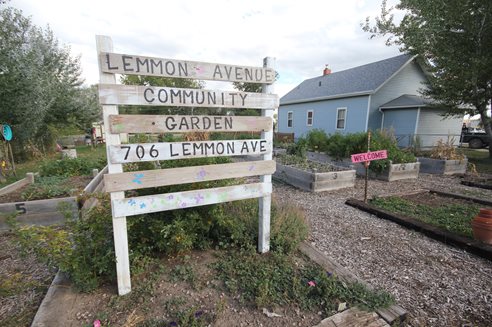When I was talking to a friend of mine recently about current affairs in the news, he said rather vehemently, “I can’t trust the police anymore.” I understood why he feels that way, but I had just returned from NeighborWorks’ Community Leadership Institute (CLI), and his broad generalization didn’t fit with what I saw: One recipient of this year’s Dorothy Richardson Award for Resident Leadership, who was joined by the representatives of her local NeighborWorks member on stage, is a police officer. Among the other nominees was a police chief. Another participating organization included three police officers in its resident team. And I am sure there were other groups who brought at least one.
Spend even just a few minutes chatting with them, as I did, and it becomes clear there are many productive partnerships underway at the community level that are bringing residents and police together in relationships of mutual trust and interest. They just don’t usually make the news. So, with this blog post, I’ll share some of that good news, and hope my readers will respond with their own.
Roxbury, Boston: Get to know residents early

Today, six years later, The Boston Globe wrote this in the wake of news of a sniper attack on police officers during a Dallas demonstration protesting the killings of black men by law-enforcement in Louisiana and Minnesota: “The Boston Police Department has worked closely with community members to forge good working relationships…When there is a shooting, police call clergy members to the scene to help comfort family or bystanders. Last week, Police Commissioner William B. Evans visited a 103-year-old Roxbury woman just to wish her happy birthday.”
It’s perhaps no surprise, then, that two of Nuestra Communidad’s recent nominees for the Dorothy Richardson award were police officers—and both were selected.
“The key is that our leadership—from the mayor to the police chief—bought into neighborhood policing,” says officer Kenneth (“Kenny”) Grubbs, who received the Dorothy Richardson award in 2014. “In fact, the city of Boston is seen as a model now. Officers from other cities come to us to ask us why we don’t have unrest like other communities do.”Grubbs was featured on NBC national news earlier this year, explaining how they achieve this kind of success. One example: The officers tour the neighborhoods in an ice cream truck, offering treats to children and kids alike. Children make friends with the officers, and it gives the adults the opportunity to share if there’s something going on in the community; now they’ve got the officer’s ear,” Grubbs told NBC.

Marie Miller, who received the award this year, adds that although the police department works with other nonprofits throughout the city, Nuestra Communidad is among the strongest.
“They really take the initiative,” comments Miller, who is assigned to the police force’s community service department and serves as her “senior response officer” for elderly residents in Roxbury. “We are almost like extensions of each other, in a good way. For example, I have access to Nuestra’s senior-living buildings, so I can check on the residents.”
South Tucson, Arizona: Go after the root causes
Alonzo Morado, Community Engagement Coordinator for network member Primavera Foundation, describes the largely Latino city of South Tucson this way: “People who aren’t from there won’t venture in at night.”To get a handle on the crime problem, Morado and his team approached the police to help determine what kind of infractions predominated and who was committing them.
“South Tucson is one of the poorest cities in the entire state, with an average household income of just $22,600 a year,” explains Morado. “With the help of the police, we learned that just 110 individuals were responsible for 85 percent of all the crimes—acts like shoplifting and urinating in public. What we also found was that sometimes residents choose to pay rent instead of renewing their car registration. Or they shoplift to get someplace to stay for the night—a jail cell. Still other need mental health care. Jail costs the city $155 a day! And meanwhile, his or her family has lost an income earner. What about ordering treatment or community service instead of levying fees they can’t afford or giving them jail time?”

“I had already worked in law enforcement for 18 years when I came to South Tucson,” recalls Ford, who was nominated by Primavera for this year’s Dorothy Richardson award. “Immediately prior, I had worked for a tribal nation; unlike other communities, its residents had more of a voice in how services were provided. I brought that approach with me, and immediately set out to talk to residents. I heard they’d been told what was going on in the macro sense, but not at the micro level, which had the most impact on them. ‘We just want you to listen to us,’ they said.”
And listen he did. According to Morado, Ford attended every community meeting he could and partnered with Primavera, mental health organizations and others to address some of the root causes of crime instead of simply responding with a citation and fine. The result? Crime rates did indeed drop—and so did city revenues. When Ford was ousted as a consequence, Primavera snapped him up, hiring him to guide business development for its day-labor placement service.
“I see this new position with Primavera as a continuation of my essential work,” says Ford. “Social and economic justice is another form of justice.”
Rapid City, South Dakota: Listen, listen, listen
 Ten years ago, Rapid City had a problem called Lemmon Avenue, with a well-deserved reputation of being an at-risk neighborhood. About 300 calls to police a year—related to alcohol, drug and gang activity—were received from that one street alone, says Tracy Thacker, Community Outreach and Education Coordinator for NeighborWorks Dakota Home Resources (NWDHR).
Ten years ago, Rapid City had a problem called Lemmon Avenue, with a well-deserved reputation of being an at-risk neighborhood. About 300 calls to police a year—related to alcohol, drug and gang activity—were received from that one street alone, says Tracy Thacker, Community Outreach and Education Coordinator for NeighborWorks Dakota Home Resources (NWDHR).Although the NWDHR headquarters was 50 miles away, it has a reputation for effective community engagement and revitalization, and the mayor called, asking for help. Thus began its partnership with local police—and meetings with residents were among the first steps. The partnership has proven so successful that this year, NWDHR brought three police officers to the CLI in Los Angeles.
Ron Terviel, who recently retired from the Rapid City police force but was involved in the partnership from the beginning, recalls: “In 2008, the [police] chief assigned me to Lemmon Avenue because it was such an at-risk neighborhood. Community policing is my ‘niche’; I like to get out of my car and talk face-to-face to people. So I created a five-question survey and used it to break the ice. I asked things like, ‘do you own or rent?,’ ‘what do you like and what don’t you like about the neighborhood?,’ and ‘are you willing to get involved?’”
One of the engagement and revitalization projects was a community garden that has grown from six to 31 beds over the years, and the site now hosts regular block club meetings. Motion light detectors also were installed on the street, so porch lights would turn on as drug dealers fled down the alley. The latest statistics show there were only 129 calls for service in the last year, which is around a 57 percent drop from pre-partnership days.
It was during this work that Terviel was invited by NWDHR to his first CLI, in Milwaukee, Wisconsin. When other attendees learned he and a colleague were police officers, they were startled—and often not in a friendly way. The second time he attended, in New Orleans, he still got some surprised looks, but by the end of the conference, attendees were asking for advice on how to get their own local officers involved.
“We have reserved two CLI slots for police officers for the last eight years,” says Thacker. “They love the opportunity to hear what’s going on in other communities. I’m kind of amazed that not every organization is developing this kind of relationship. They are our liaison to so many different organizations in the community. And if I need something like a street closed down, they will do it in hours. It pays off in spades.”

